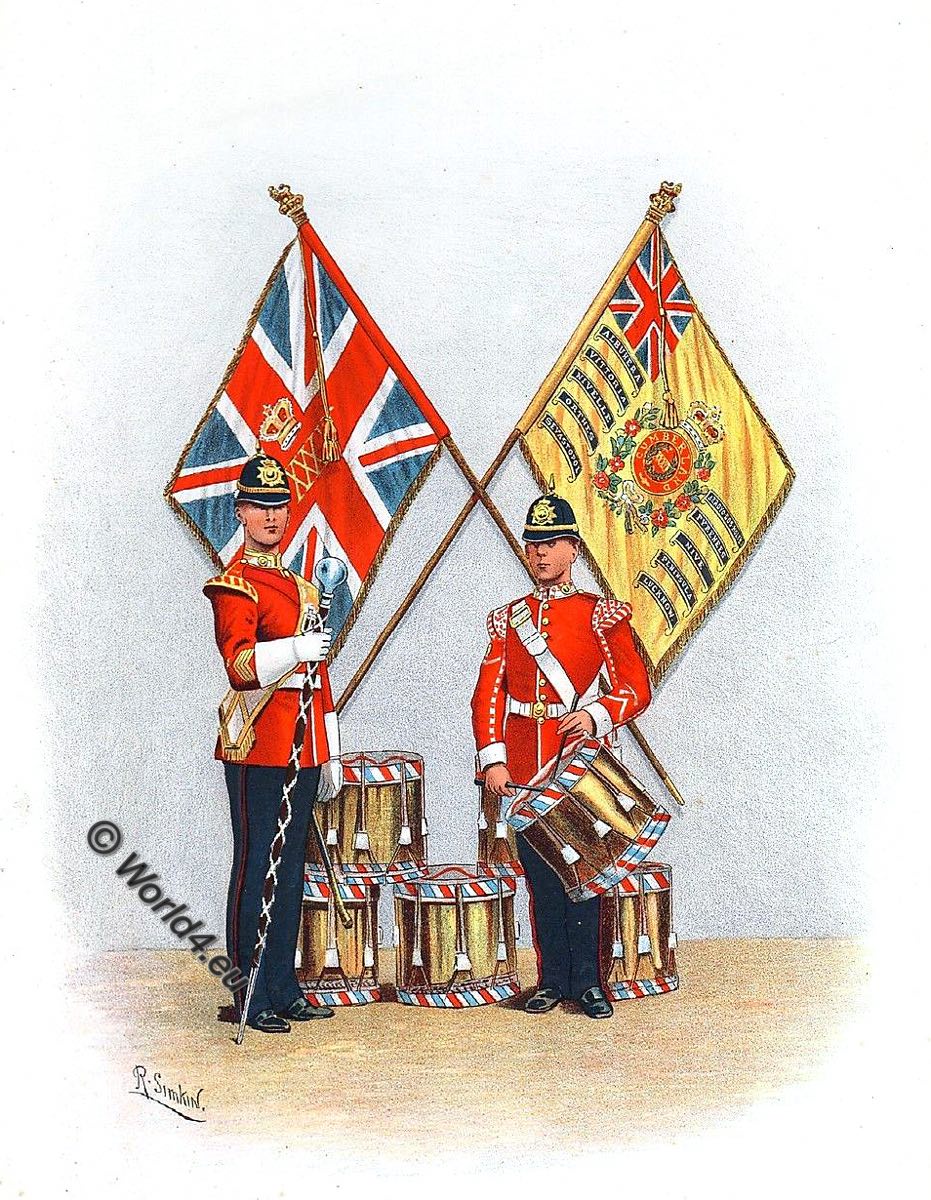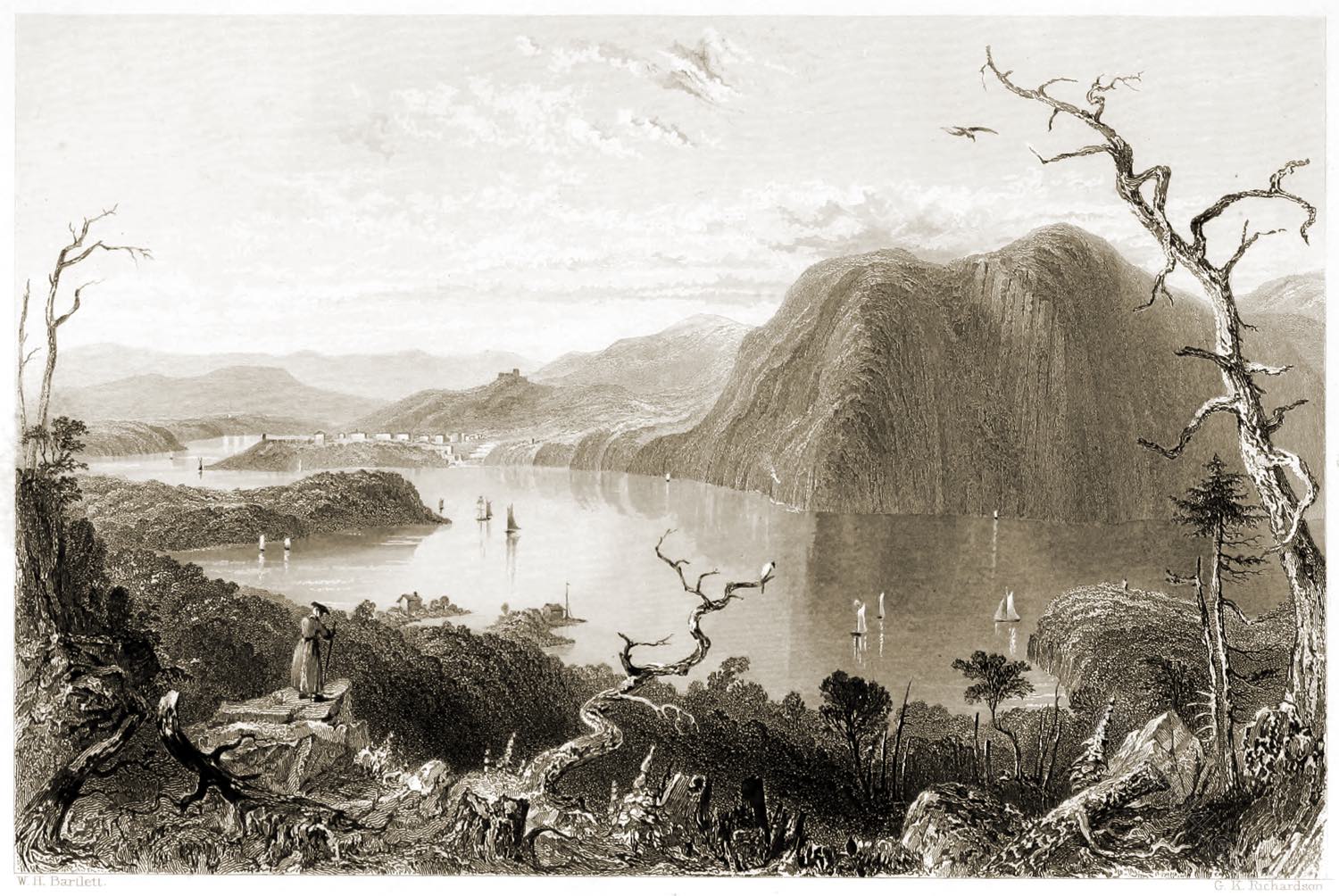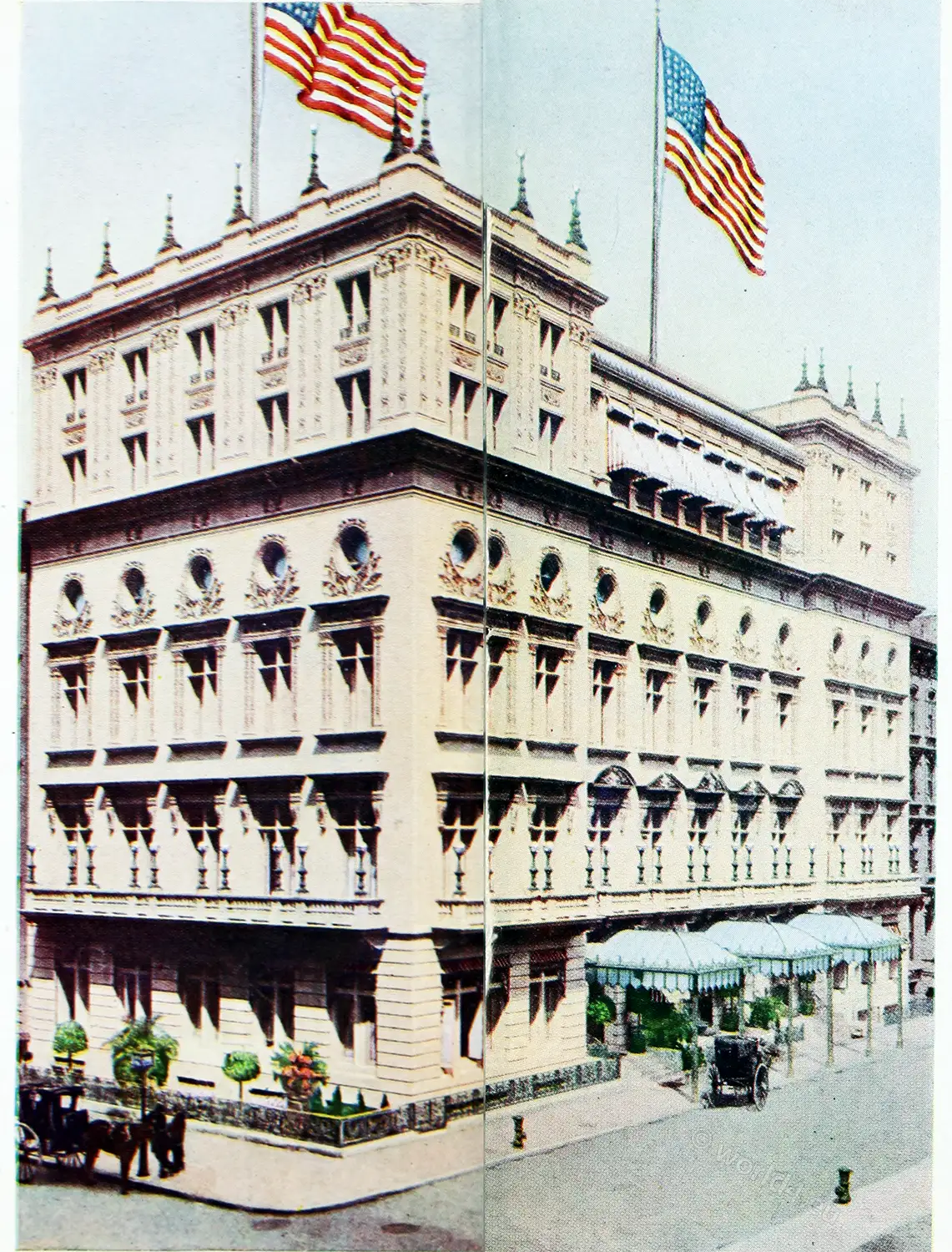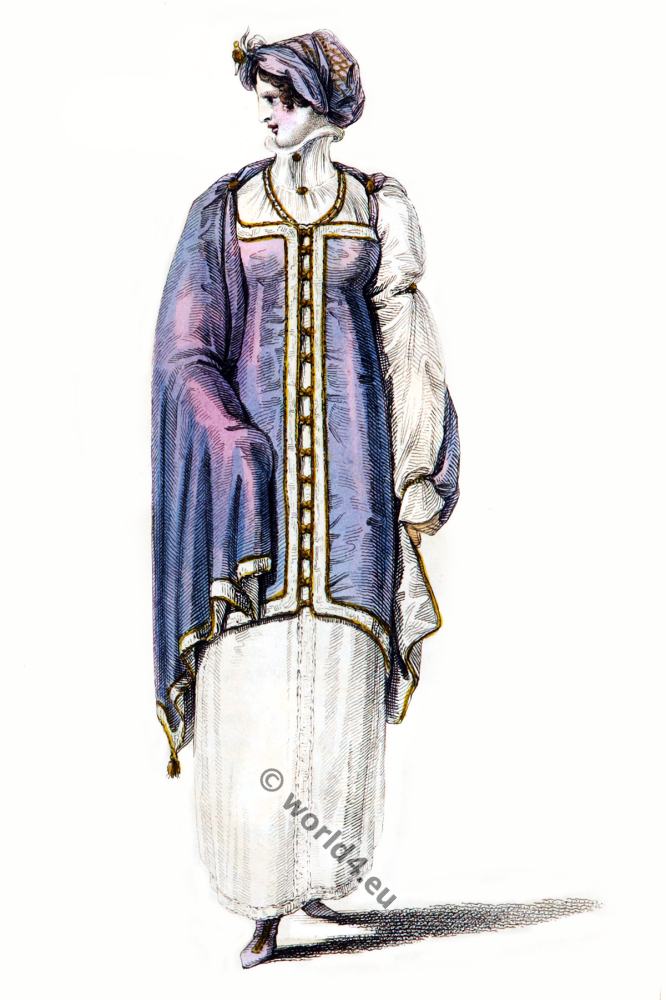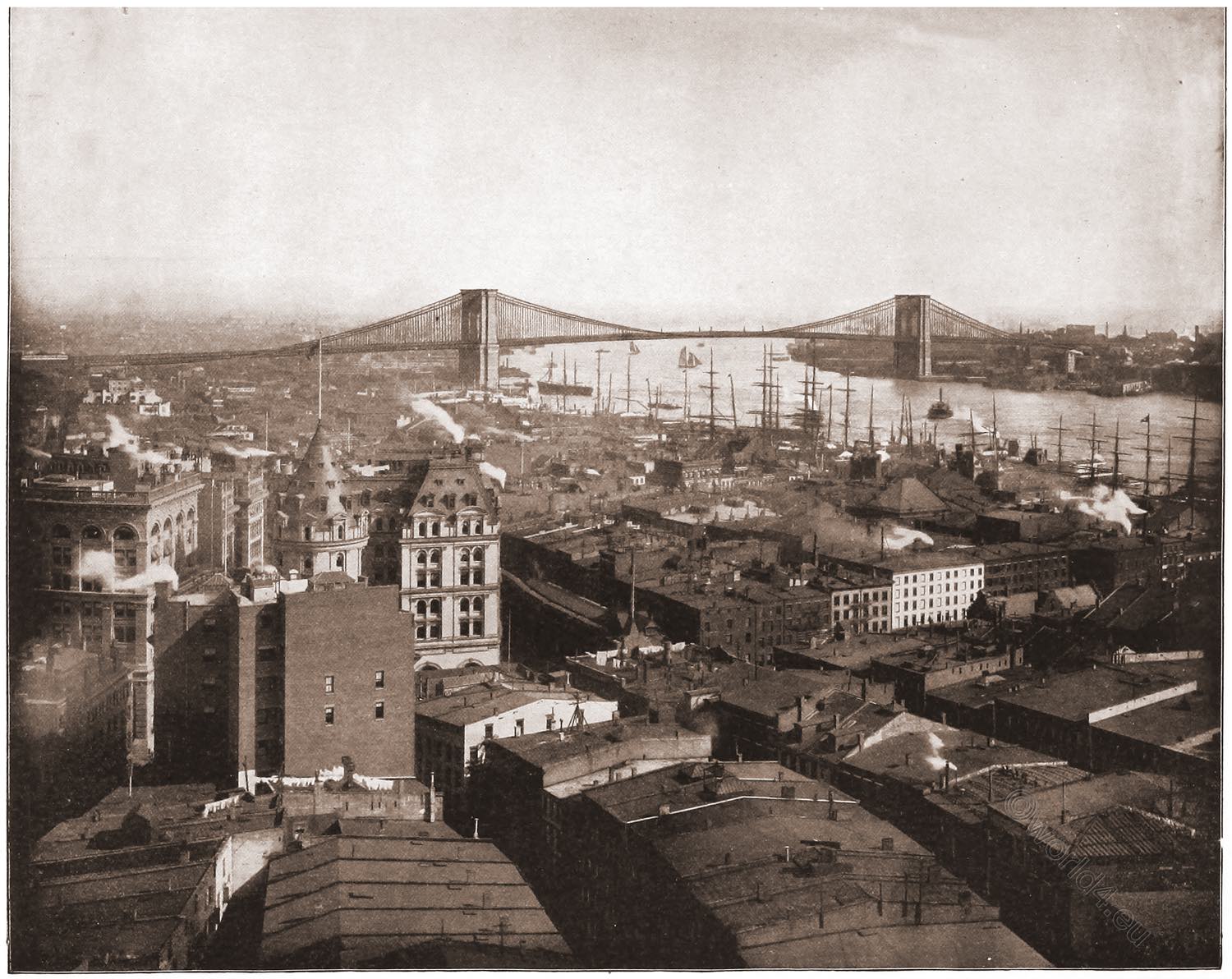The 51st regiment, New York & Pennsylvania at Bull Run.
American Civil War, Battle of Bull Run in July 1861
The 11th New York Infantry Regiment (also known as First New York Fire Zouaves, Ellsworth’s Zouaves and U.S. National Guards) – represented one of the infantry regiments of the Army of the Union during the American Civil War, known for its unusual dress and drill style, by Colonel Elmer E. Ellsworth, a personal friend of U.S. President Abraham Lincoln. The regiment was recruited for a period of 2 years of service and was disbanded in June 2, 1862. The regiment took part only in the First Battle of Bull Run in July 1861.
The 51st Pennsylvania regiment contained six companies of the Shepard Rifles, two companies of the Scott Rifles and two companies of the Union Rifles and was organized in New York city, where it was mustered into the service of the United States July 27 to Oct. 23, 1861, for a three years’ term. (Source: New York State Military Museum)
The regiment was formed in New York City of the members of the fire brigade. Colonel Elmer Ellsworth became the first commander. Ellsworth was a fan of the Zouaves tactics, light infantry open-order formations, and was known for the fact that he already formed the New York Zouave militia.
On May 24th the 11th New York Infantry Regiment was involved for the occupation of Arlington Heights and the capture of Alexandria. On that day, Colonel Ellsworth was shot when removing the Confederate flag atop the “Marshall House Hotel”.
June 7th lieutenant colonel Noah L. Farnham was promoted to led the regiment.
July 16th, the regiment was included in the team of Orlando B. Willcox (Maj. Gen. Samuel P. Heintzelman’s division) as part of the Army of Northeast Virginia.
On July 21, the regiment took part in the first battle of Bull Run, where it was assigned to cover two batteries of cannon on the Federal right flank led by Captains Charles Griffin and James B. Ricketts. The gap regiment came under the attack of the 33rd regiment of Virginia, and the cavalry of Stuart, and was converted into a rout. In this battle, the regiment lost 2 officers and 34 privates killed, 73 people injured and 68 people missing. Colonel Farah received a severe wound from which he died on 14 August.
Zuaven called themselves the members of historical infantry units. The name goes back to the Kabyl tribe of the Zuauas in the Zuaua district (Zuavia) in the province of Constantine in Algeria, which, during the Ottoman Empire, had already made mercenary groups famous for their bravery.
Related:
[sitecreator show=”20″]
- Offensive and defensive armor and weapons.
- Abbotsford; the personal relics and antiquarian treasures of Sir Walter Scott.
- Armor in England from the 10th to the 18th century
- Life-size warrior figures in full armor and equipment.
- 16th Century – German armor art.
- The Knights of the Teutonic Order of Knighthood.
- The First Crusade. The Knights Hospitallers.
- The Crusades. The Knights Templar.
- The Crusaders in the 12th and 13 Century.
- Knights of the Order of the Golden Fleece 16th century.
- German Renaissance Fashion in the 16th Century.
- German blackened steel armor. Renaissance weapons.
- Middle Ages fashion history in Germany. 11th to 13th century.
- Gallic and Gallo-Roman helmets of Celtic warriors.
- Clans in the Roman Empire. The shields of the Gauls.
- The Varangian Guard. Viking Chiefs 5th Century.
- Lansquenet. German renaissance military.
- Germany military in 1530. Renaissance Mercenaries.
- German mercenaries around 1620.
- German lansquenets during the thirty Years’ War.
- Knights tournament. Renaissance 16th century.
- Firearms and offensive weapons. Renaissance 16th century.
- 30 years war weapons. Helmet, gloves and a musketeer rifle.
- Iron Gloves, gauntlets of the 15th century.
- The Schaller. Helmet and neck cover from the 15th century.
- Mounted Knights. Heavy cavalry 16th century.
- Pictures and Royal Portraits illustrative of English and Scottish History.
Discover more from World4 Costume Culture History
Subscribe to get the latest posts sent to your email.



